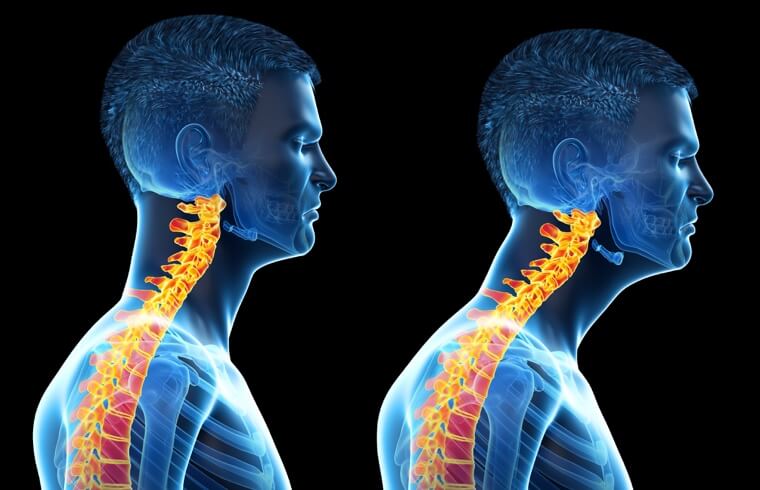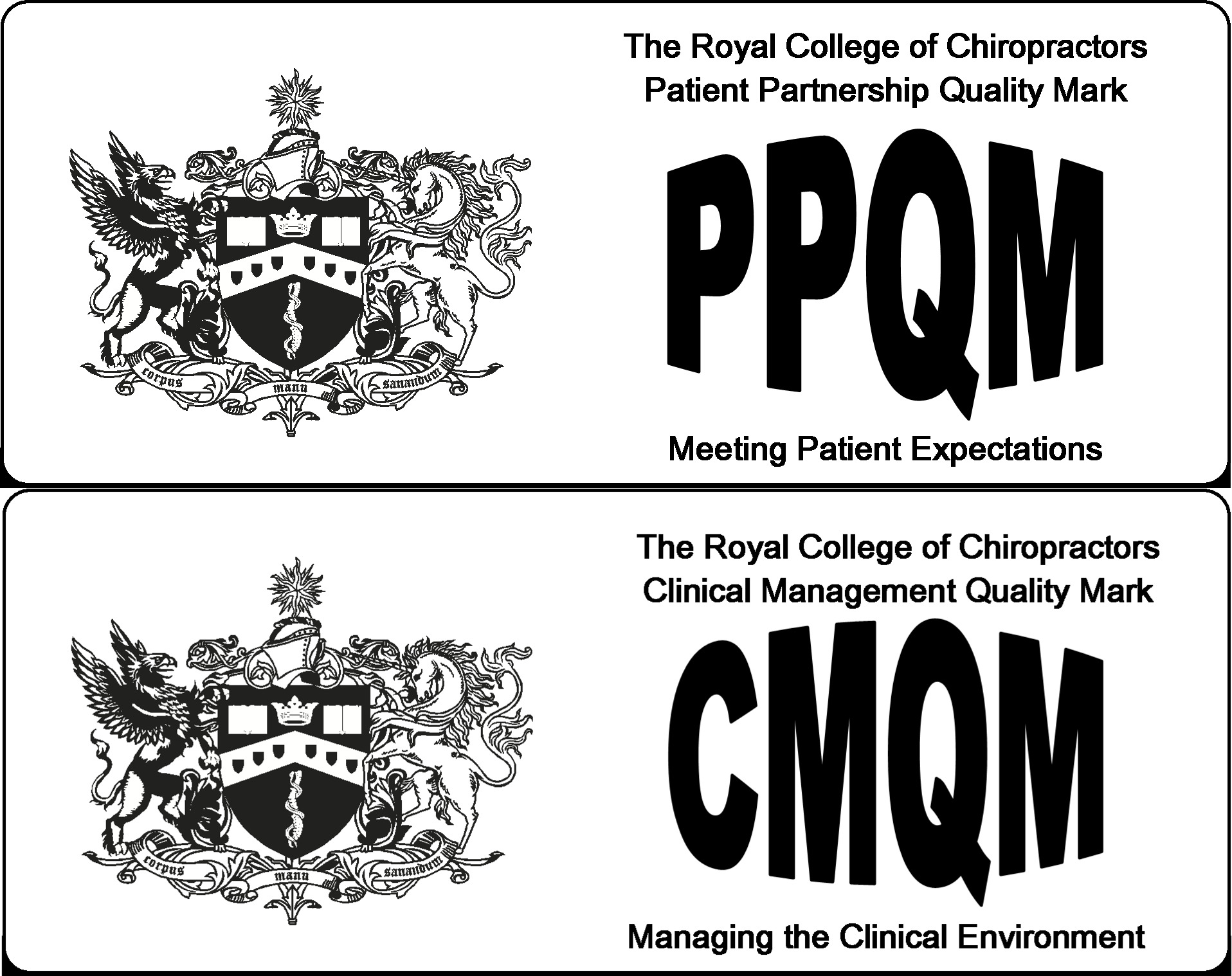In this article, you will learn about migraines from one of the best UK Chiropractors and complementary health centers.
Around one in seven persons (15%) are thought to suffer from migraines worldwide. More people have migraines than have diabetes, asthma or epilepsy combined. Around 10 million persons in the UK alone are thought to suffer from migraines. Reports are still unclear about the amount of youngsters in the UK who suffer from migraines.
What is a Migraine?
Migraine is a crippling neurological condition. It typically entails a throbbing or pulsing headache on one side of the brain. The degree of discomfort and impairment that patients feel is one of the characteristics that sets migraine apart from other headache diseases. The typical duration of a migraine attack is four to 72 hours. If symptoms appear between one and 14 days per month, a migraine is said to be “episodic,” and if they appear 15 or more days per month, it is said to be “chronic.”.
Attacks from migraines can significantly affect a person’s social, familial, and professional lives. After dental caries and tension-type headaches, migraine is the third most prevalent medical ailment worldwide. Migraines have several stages as well.
Stages of Migraine
Various groups of people including youngsters can experience migraines, which can develop through four stages of migraine.. Not every person suffers each and every stage of migraine.
Given below are the four stages of migraine in detail:
1.Prodroma
One or two days prior, you might detect small changes that signal an impending migraine, such as:
- Constipation
- Mood swings
- Food Cravings
- Stiff Neck
- Frequent urination
- Retention of fluid
- Frequent yawning
2.Aura
Auras can occur prior to or during migraines for certain people. Auras are temporary nervous system symptoms. They are mostly visual, but they can also involve other sensations.
Each symptom is mild at first, and then intensifies over a few minutes, and usually lasts for up to 60 minutes.
Auras associated with migraines include:
- Visual phenomena include the seeing shapes, bright spots
- Loss of vision
- Needles and threads sensations in the legs or arms
- Weakness or numbness on one side of the body, the face, or both
- Speaking Difficulties
3.Attack
A migraine attack can last from anywhere between 4 to 72 hours. Each person experiences migraines differently. For some Migraines can hit infrequently and for others they happen repeatedly each month.
Symptoms of a migraine attack include:
- Pain on one side of your head but sometimes it can even be on both sides.
- A throbbing or pulsing pain
- sensitivity to a certain scent, touch, and sometimes even light and sound
- nausea and diarrhea
4.Post-droma
You can experience post-migraine fatigue, confusion, and drowsiness for up to a day.
Some people claim to feel happy/elated. Sometimes a sudden head movement could trigger and reactivate the sharp pain.
How Can A Chiropractor Treat Migraine?
A qualified chiropractor can aid in the relief of the signs and symptoms of migraines and other forms of headaches through manual therapies like spinal manipulation, massage, etc.
A chiropractor may advise soft tissue therapy, spinal manipulation, lifestyle modifications, and/or acupuncture depending on the severity of your migraines and the symptoms you encounter. To treat difficulties with the body’s muscles, ligaments, nerves, and connective tissues, soft tissue therapy treatments may include massage, taping, or manual resistance methods.
Your chiropractor may advise you to cut back on alcohol use or stop drinking altogether. Small needles are inserted during acupuncture treatments at sites that are thought to be the source of headaches. These spots are located along meridian channels, which aid in the movement of energy throughout the body.
How Do Chiropractic Treatments Work?
Chiropractors use techniques to safely alter or manipulate the spine to relieve stress and enhance spinal function to cure migraine migraines. Treatment also includes soft tissue therapies from Trusted Source, which may include:
- Kneading of joints and muscles is a part of massage,
- Myofascial release massage, which targets the membranes that bind and support muscles.
- Treatments for muscle tension called “trigger points therapy”
Chiropractic for migraine headaches also recommends healthy lifestyle changes like:
- Taking B complex supplements and altering diet
- Avoiding strenuous activity and promoting low-impact aerobics and walking
- Giving advice on posture, such as how to sit properly at work
These treatments may lessen the frequency of migraine headaches just as well as preventative drugs. Chiropractic care may also suggest additional changes to one’s lifestyle to lessen the risk of migraines. Examples include warnings against clenching one’s teeth, which can strain the jaw joint and result in headaches, and urging individuals to drink lots of water daily to avoid dehydration, another headache-causing condition.
When treating migraines, a chiropractor seeks to minimize pain while enhancing neuromusculoskeletal health. Although experts are unsure of how the treatment works, they believe it is probably because of its diverse approach. For instance, lowering muscle tension may make musculoskeletal pain more tolerable overall.
Conclusion
We hope this article helped you understand migraine and the treatments provided by complementary health centers. Here at Amersham Chiropractic Clinic, we provide the best of Amersham massage therapies and other chiropractic techniques with the best UK chiropractors. If you think you’re in need of chiropractic care, book an appointment with us today. If you wish to learn more about chiropractic treatments and practices, visit our website.





